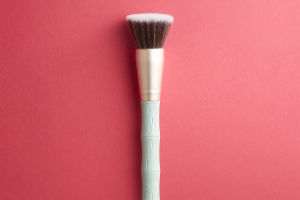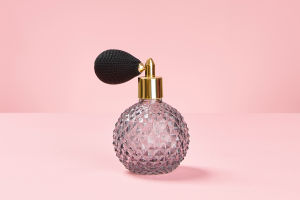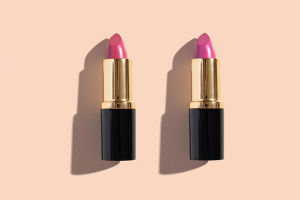In today's beauty market, the use of cosmetics is increasingly common.
However, while enjoying the benefits of these beauty products, we often overlook an important factor: the expiration date.
The expiration date of cosmetics not only affects the product's effectiveness but also concerns the user's skin health. This article will explore the significance of cosmetic expiration dates, influencing factors, and how to store products correctly.
1. Definition
The expiration date of cosmetics refers to the time frame within which a product can maintain its performance, quality, and safety under specific conditions.
Generally, cosmetics packaging will indicate the "production date" and "expiration date," with the expiration period typically calculated from the production date. Once the expiration date is exceeded, cosmetics may lose their original effectiveness and even have adverse effects on the skin.
2. Influencing Factors
1. Ingredients: The composition of cosmetics is a crucial factor influencing their shelf life.
Products with natural ingredients often have a shorter shelf life than those with synthetic components because natural ingredients are more prone to degradation. For example, skincare products containing plant extracts may need to be used within a shorter timeframe after opening.
2. Packaging: The packaging of cosmetics also affects their shelf life. Well-sealed packaging can effectively prevent air and bacteria from entering, thereby extending the product's lifespan. In contrast, products in open jars are more susceptible to contamination.
3. Storage Conditions: The storage environment for cosmetics is vital to their expiration. High temperatures and humidity can accelerate degradation, so cosmetics should be stored in a cool, dry place, away from direct sunlight.
4. Frequency of Use: The frequency of cosmetic use can also impact their shelf life. Products that are frequently opened are more likely to be contaminated by air and bacteria, so unnecessary exposure should be minimized.
3. Expiration Dates and Usage Period
In addition to clear expiration dates, many cosmetics will also have a post-opening usage period (PAO, Period After Opening), usually indicated by a small bottle icon with a number.
This period signifies how long a product should be used after opening to ensure its safety and effectiveness. For example, some products may be marked "6M," indicating that they should be used within six months after opening.
4. How to Check for Expiry
You can assess whether a cosmetic product has expired by examining the following aspects:
1. Visual Inspection: If the product's color, texture, or scent has noticeably changed, this may indicate degradation.
2. Smell: Expired cosmetics often emit unusual or unpleasant odors, suggesting that they may no longer be safe for use.
3. Texture: If the product has become dry, separated, or excessively sticky, it typically indicates that it has expired.
5. How to Store Products Correctly
1. Regular Checks: Regularly check your cosmetics and dispose of any expired or unused products to ensure that only safe and effective items remain in your makeup bag.
2. Pay Attention to Storage Environment: Store cosmetics in a cool, dry place, avoiding high temperatures and humidity. If necessary, they can be stored in the refrigerator, but care should be taken to avoid freezing.
3. Seal Properly: When not in use, keep cosmetics sealed to prevent air and bacteria from entering.
The expiration date of cosmetics is an issue that every consumer should take seriously. Understanding the expiration dates of cosmetics, along with how to store and use them correctly, can effectively prevent skin issues caused by using expired products. While pursuing beauty, we must always pay attention to the safety and effectiveness of the products we use. Through proper management and usage of cosmetics, we can ensure that beauty remains lasting and healthy.


